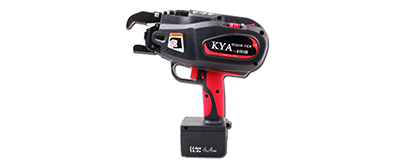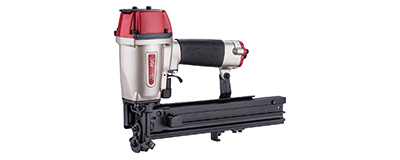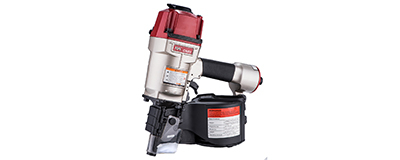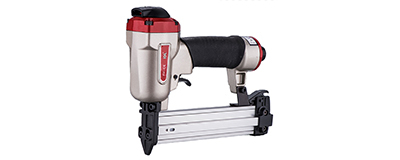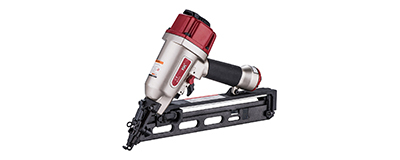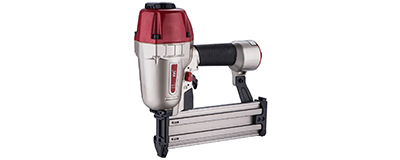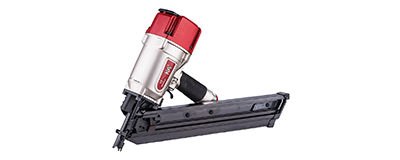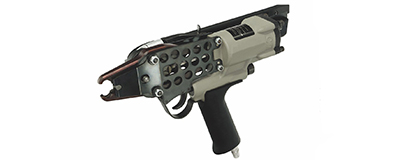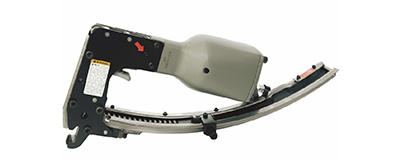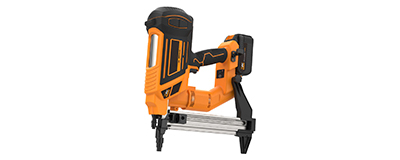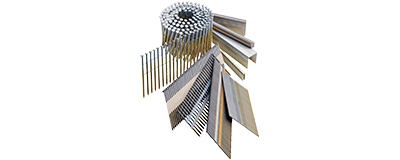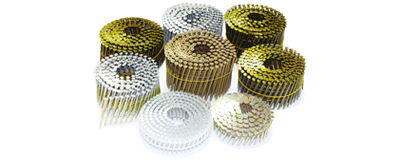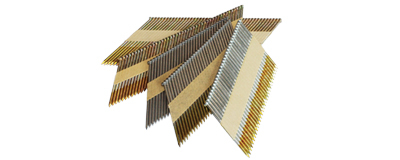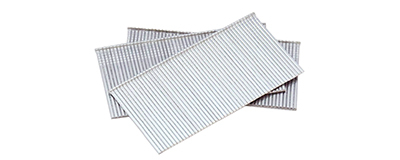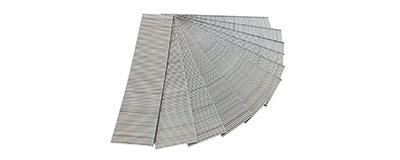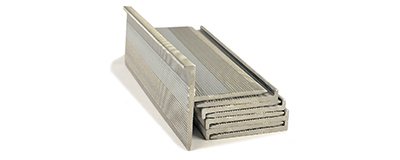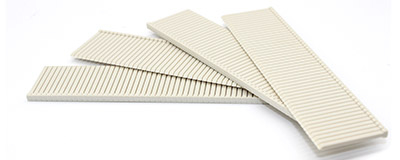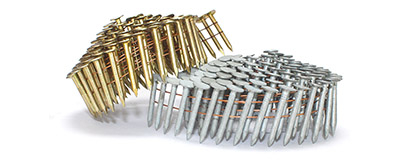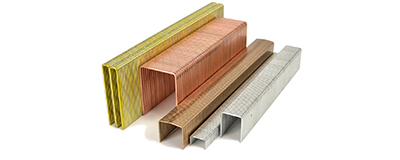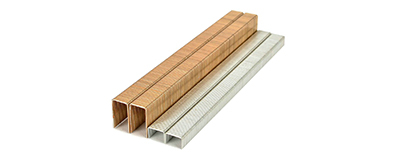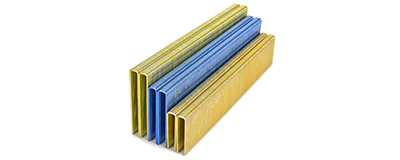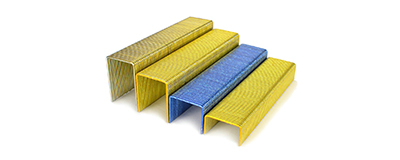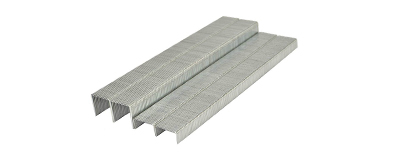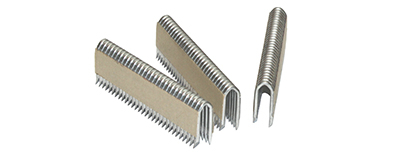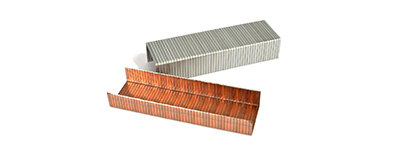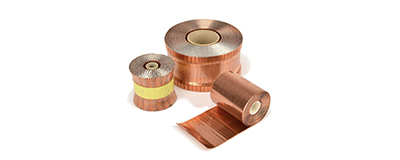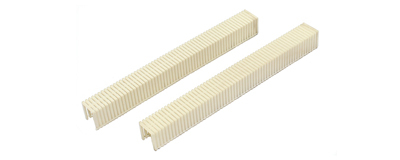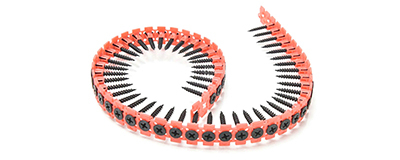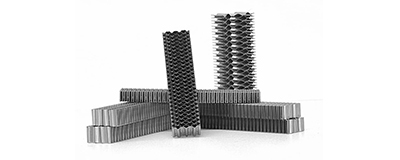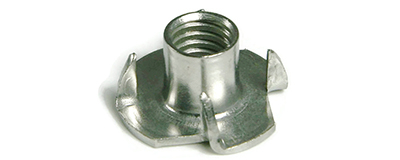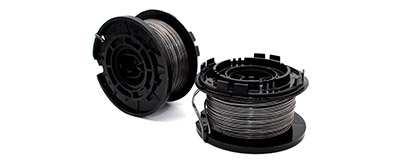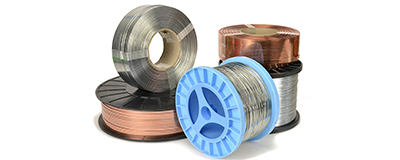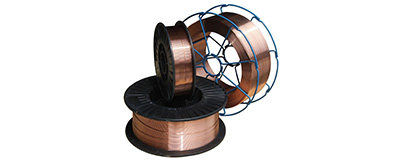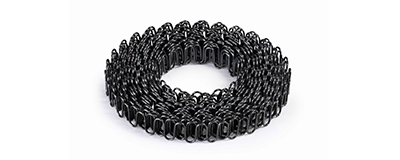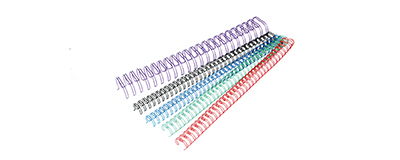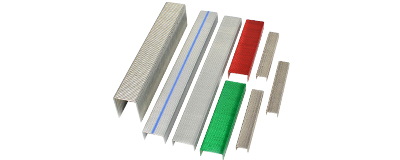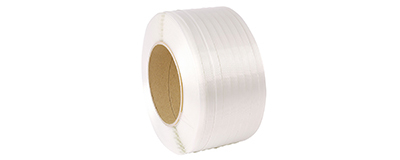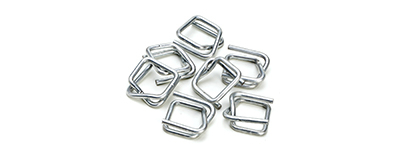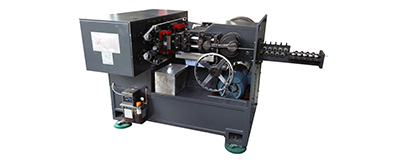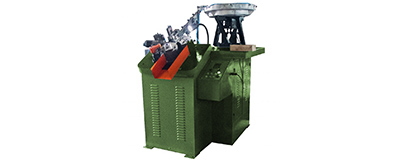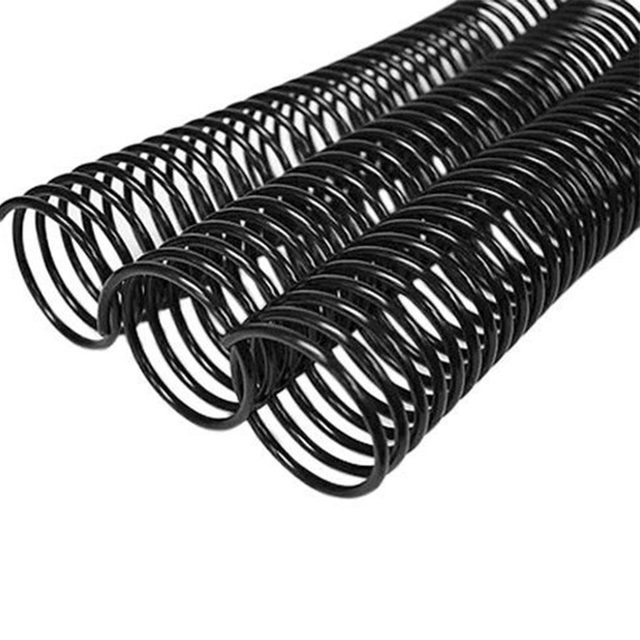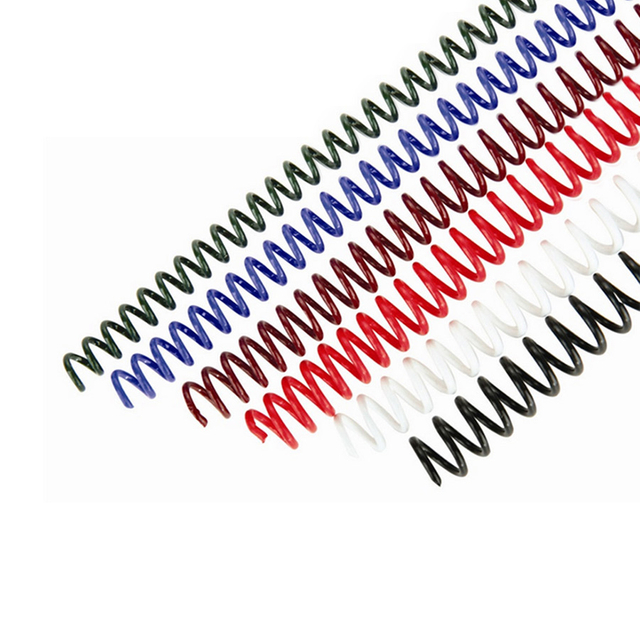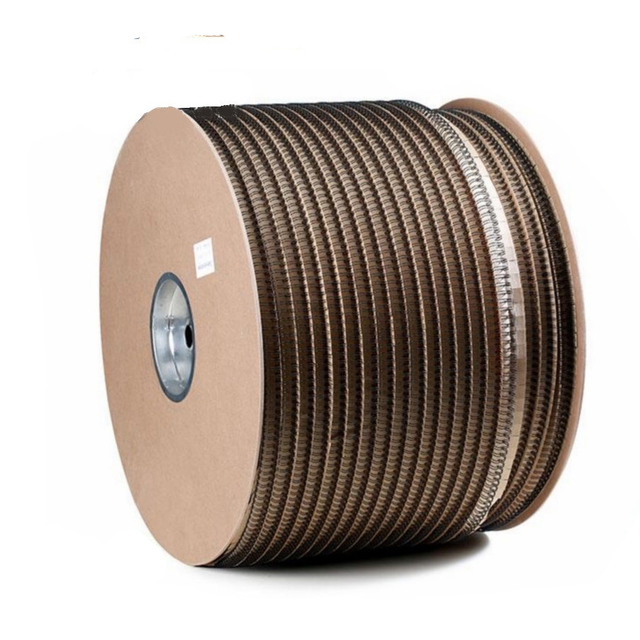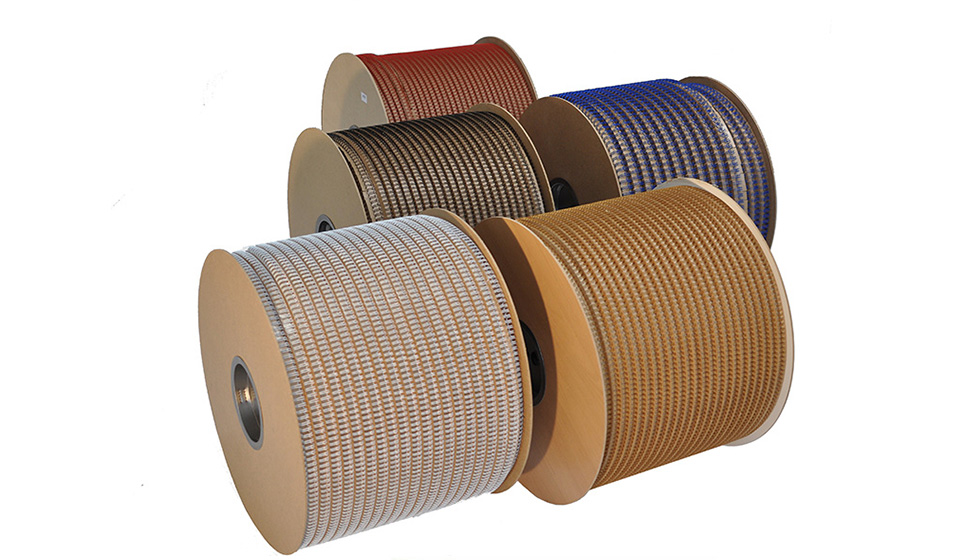Book Binding Wire for Manuals and Notebooks
KYA Fasteners’ book binding wire offers versatile solutions for creating durable, professional-looking books that lay flat. Available in Wire-O, plastic coil, and plastic comb binding, these options are cost-effective and suitable for manuals, school agendas, cookbooks, calendars, and notebooks. Each binding type provides unique benefits, such as durability, flexibility, and the ability to add or remove pages, ensuring perfect alignment and a polished finish for various binding needs.
![Book binding wire for notebooks and manuals]()
Wire-O Binding Features
Wire-O binding uses a double wire to create a continuous hinge, securing book covers and pages. It offers durability, allows books to lay flat or fold over completely, and hides connectors for a polished look. Facing pages align perfectly, making it ideal for professional documents and notebooks.
Durable double-wire construction
Allows books to lay flat or fold over
Hidden connectors for a polished finish
Perfect page alignment for professional results
Cost-effective for various binding needs
Plastic Coil Spiral Binding Features
Plastic coil spiral binding runs through closely spaced holes near the gutter margin, offering a crushproof, durable, and modern look. Available in multiple colors, sizes, and pitches, it is an economical choice for high-volume binding projects.
Crushproof and durable design
Multiple color, size, and pitch options
Modern, clean aesthetic
Economical for large-scale binding
Plastic Comb Binding Features
Plastic comb binding uses a filament with regularly spaced teeth that can be opened to insert or remove pages, making it ideal for documents that require updates. It supports spine imprinting, comes in multiple colors, and ensures page alignment.
Easy to open for adding or removing pages
Supports spine imprinting for customization
Available in multiple colors
Ensures perfect page alignment
Cost-effective for short runs
Coil vs. Comb Binding: Key Differences
Coil and comb binding differ in flexibility and durability. Comb binding allows easy page additions or removals without destroying the binding, making it ideal for documents that change frequently. Coil binding, however, is more durable, with no moving parts and smaller round holes for less wear and tear, suitable for books needing long-term durability.
Comb binding: Easy to modify pages, cost-effective for updates
Coil binding: More durable, ideal for long-lasting books
Frequently Asked Questions About Book Binding Wire
What is book binding wire used for?
It is used for binding manuals, school agendas, cookbooks, calendars, and notebooks, ensuring pages lay flat and align perfectly.
What is the difference between Wire-O, coil, and comb binding?
Wire-O uses double wire for durability and a polished look; coil is crushproof with a modern aesthetic; comb allows easy page updates.
Which binding type is best for documents that need updates?
Comb binding is ideal for documents requiring page additions or removals due to its openable design.
Which binding type is more durable?
Coil binding is more durable, with no moving parts and smaller holes for less wear and tear.
Are there color options for binding wire?
Yes, plastic coil and comb binding are available in multiple colors for customization.
Is book binding wire cost-effective?
Yes, all three binding types (Wire-O, coil, comb) are economical, especially for short runs and high-volume projects.
About KYA Fasteners for Binding Solutions
With over 20 years of expertise, KYA Fasteners is a trusted global supplier of high-quality fasteners and binding solutions, delivering reliable products for a wide range of applications worldwide. Request a Quote to explore our comprehensive product range.
English
العربية
Français
Русский
Español
Português
Deutsch
italiano
日本語
한국어
Nederlands
Tiếng Việt
ไทย
Polski
Türkçe
ພາສາລາວ
ភាសាខ្មែរ
Bahasa Melayu
ဗမာစာ
தமிழ்
Filipino
Bahasa Indonesia
magyar
Română
Čeština
Монгол
қазақ
हिन्दी
فارسی
Slovenčina
Slovenščina
Norsk
Svenska
українська
Ελληνικά
Suomi
Հայերեն
Latine
Dansk
Shqip
বাংলা
Hrvatski
Afrikaans
Gaeilge
Eesti keel
Oʻzbekcha
latviešu
Aymara
Беларуская мова
guarani
Chichewa

